CONNECTING EVERYTHING:
A NEED IN SYSTEMS ENGINEERING AND A CLOSE FUTURE USING OSLC
Dr. Jose María Alvarez-Rodríguez (speaker) and Prof. Dr. Juan Llorens
The Swiss Society of Systems Engineering Day
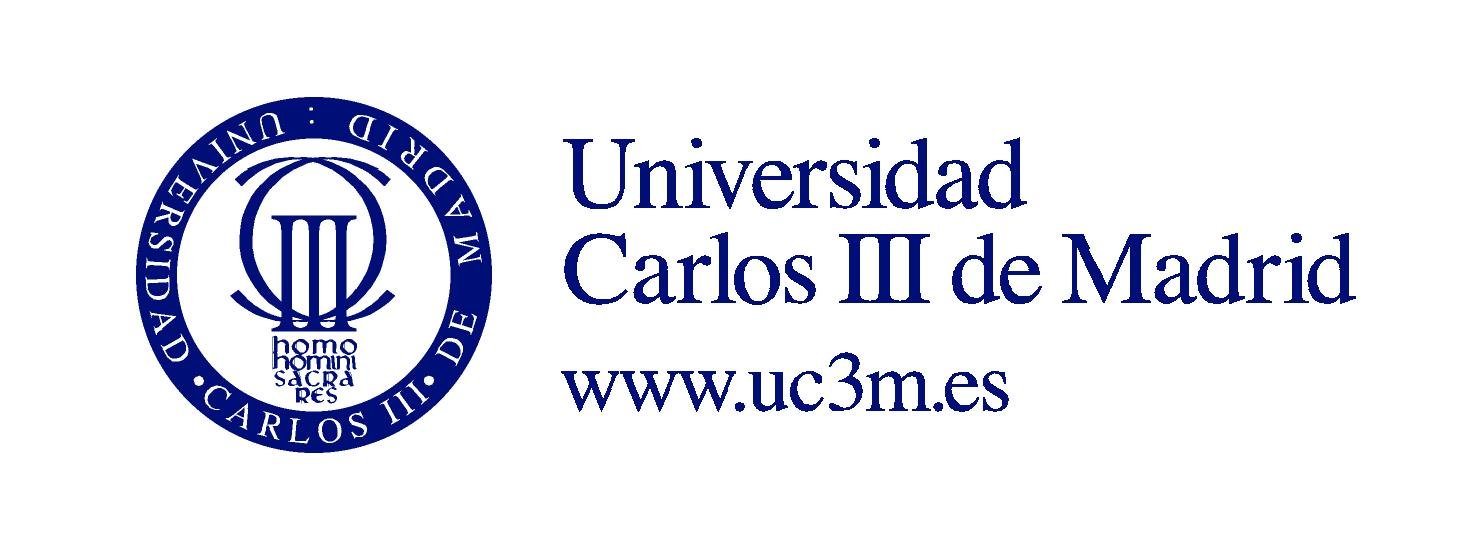
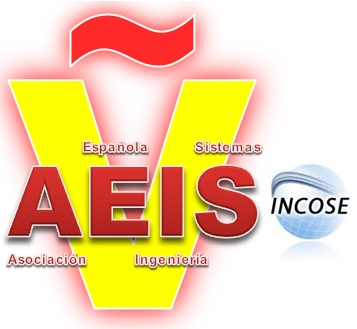
The Initial Joke...
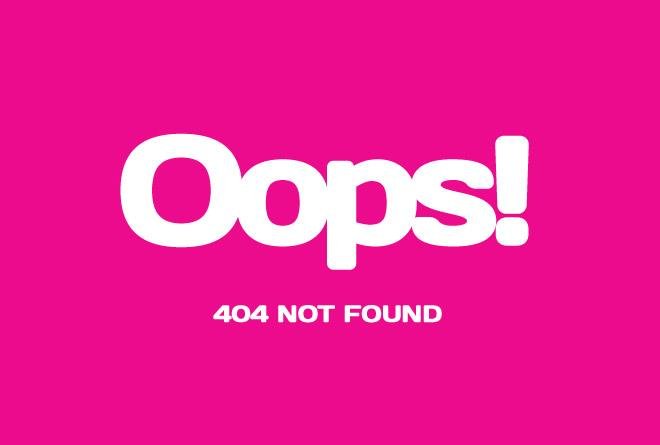
#me


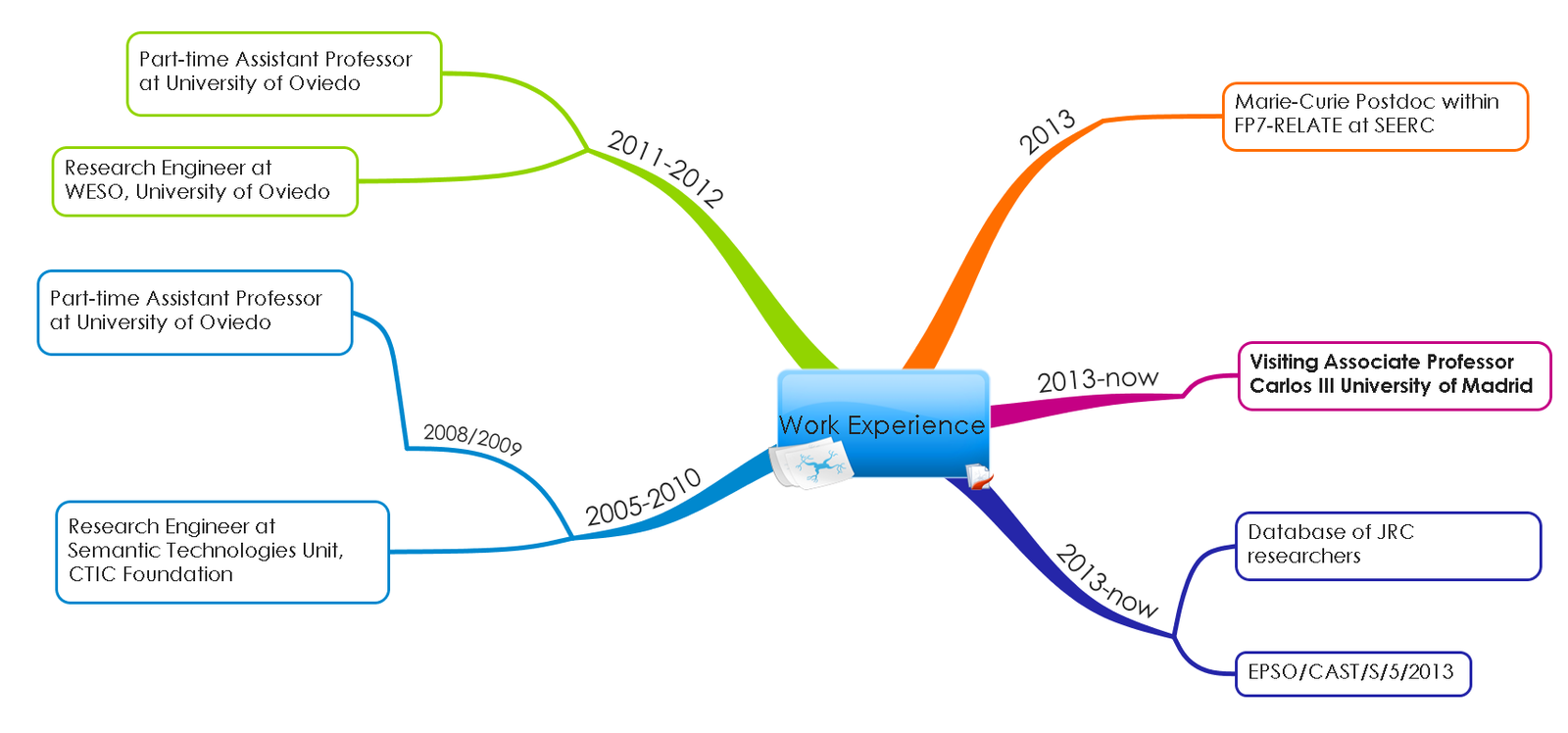
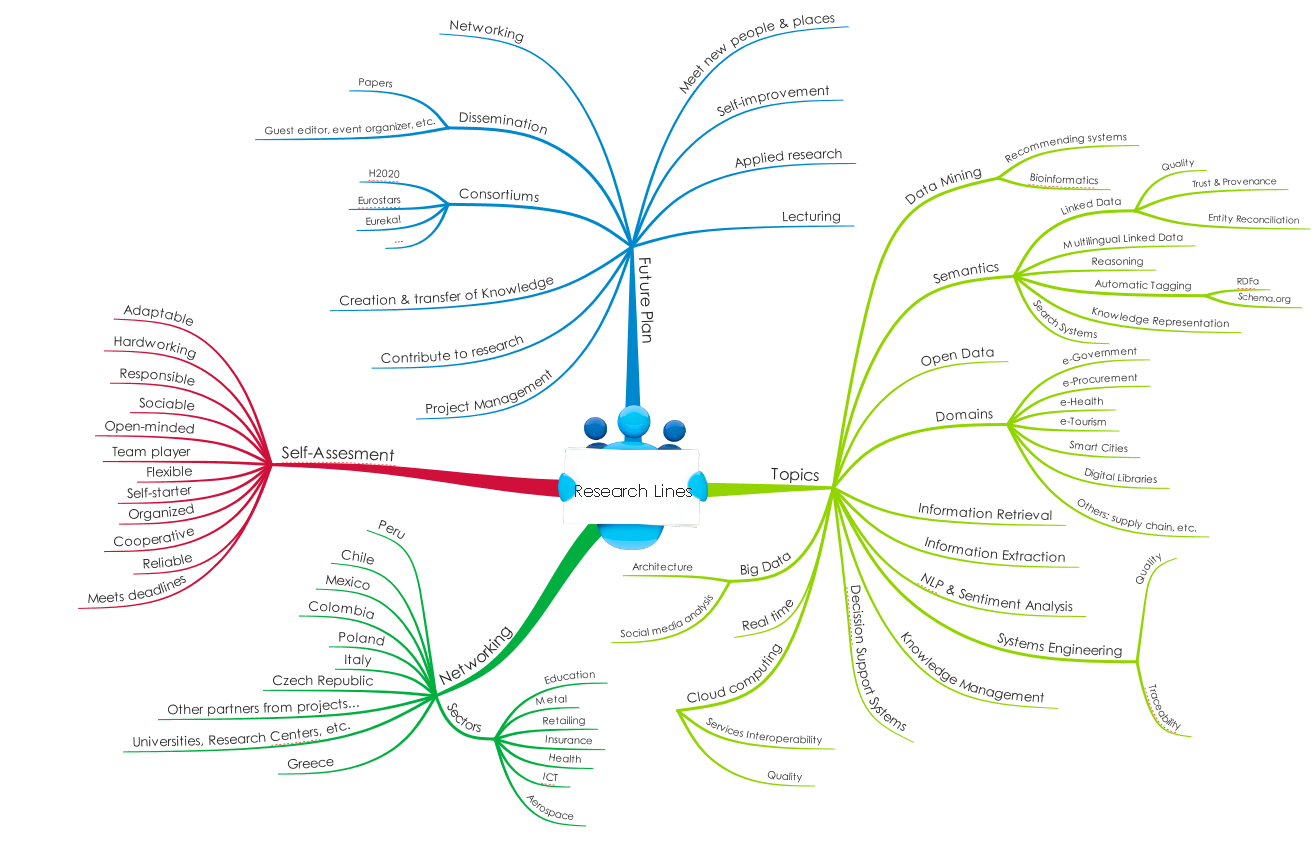
The Problem...
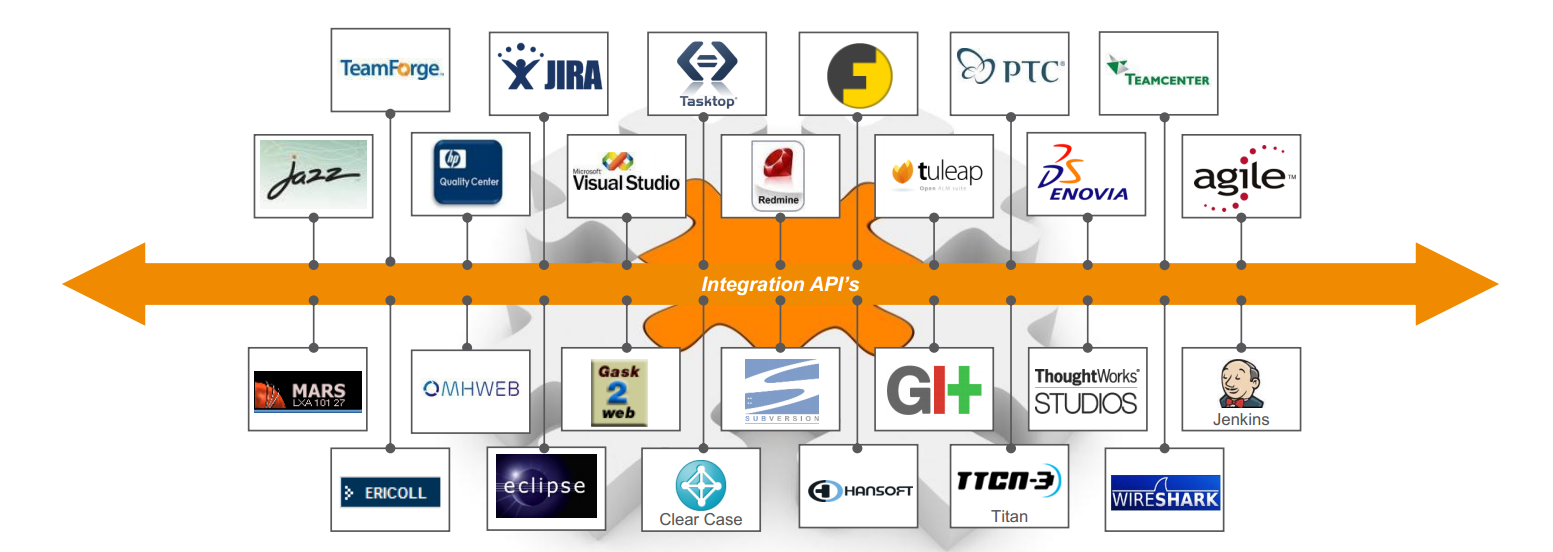
The Problem...
Services (tool) Interoperability
Cross-cutting Services
Knowledge Management
Naming
Quality
Traceability
...
Impedance Mismatch
British to Australian problem..

Interoperability definitions
In healthcare, interoperability is the ability of different information technology systems and software applications to communicate, exchange data, and use the information that has been exchanged.
Source: Healthcare Information and Management Systems Society
The ability of a service to easily interact with other services ( from the same cloud service provder and from other cloud service providers). A KPI indicator
Source: Service Measurement Index by CSMIC consortium
and more and more...ETSI, IEEE SmartGrid, IEEE Intercloud, etc.
Communicate
Exchange
(Re)-use
data, information and knowledge between different agents
Types of Interoperability
- Technical
- Syntactic
- Semantic
- Business Process (Organizational)
- Knowledge & Services
- Social networks
- Electronic identity
- Cloud
- Ecosystems
- Data
- Process
- Rules
- Objects
- Software systems
- Cultural
...and issues
Interoperability issues
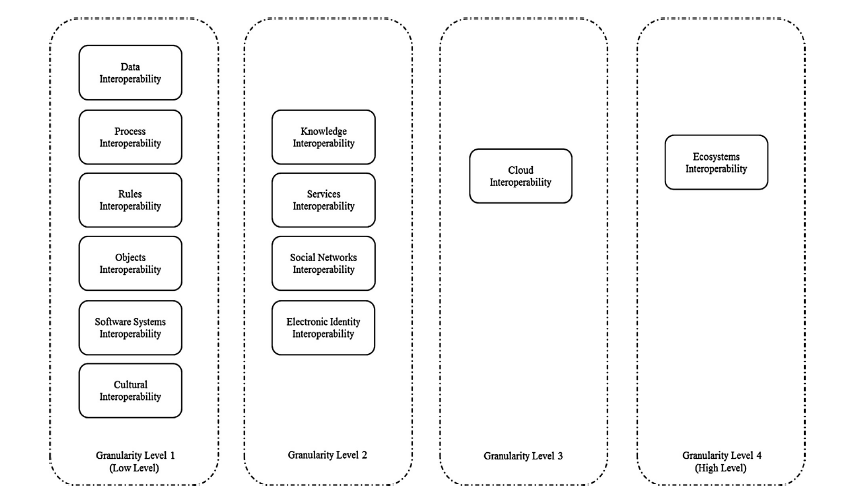
Measuring interoperability
- The LISI Reference Model (a kind of CMMI)
- Organizational Interoperability Maturity model
- Enterprise Interoperability Maturity model
- The Information Systems Interoperability Maturity Model (ISIMM)
- ...
The LISI Reference Model
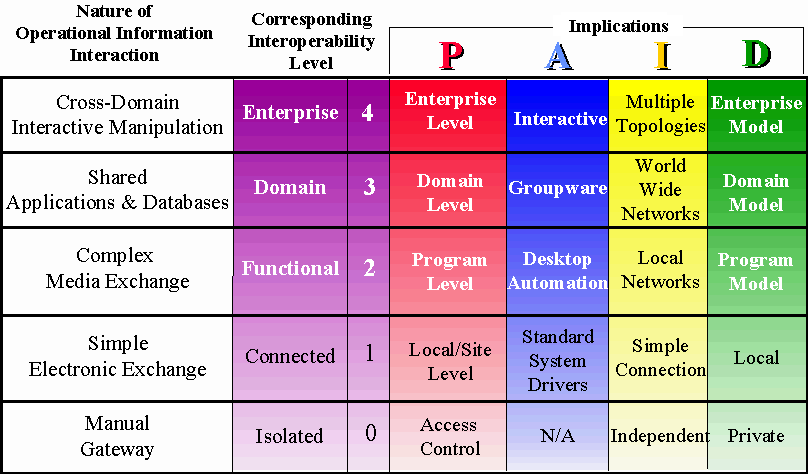
Procedures, Applications, Infrastructure and Data
in other words....
Is OSLC & Linked Data a potential solution?
Interoperability

British to Australian solved!
Semantic web in a nutshell
-
Common and shared data model
-
Graph (subject, object, predicate)
-
RDF with different serialization formats
-
Implicit Multilinguism suport
-
-
Knowledge Representation & Management
-
Ontologies
-
OWL (Ontology Web Language)
-
Logic formalism: DL, F-Logic, etc.
-
Reasoning
-
Expert systems
-
Standards: Query Languages, Vocabularies, Datasets, ...
-
Graph
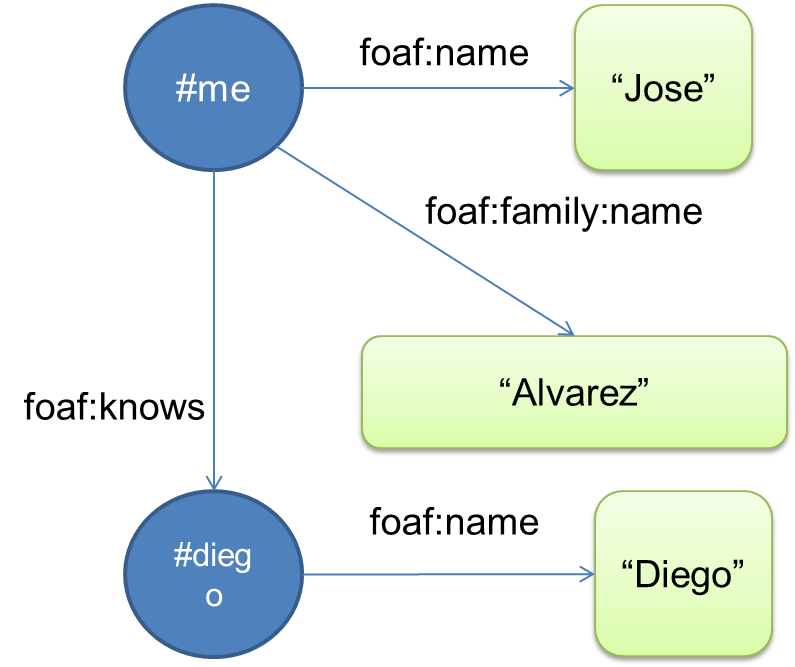
jose-foaf: http://www.josemalvarez.es/foaf.rdf#.
diego:foaf: http://berrueta.net/foaf.rdf#.
jose-foaf:me foaf:name “Jose”.
jose-foaf:me foaf:family_name “Alvarez”.
jose-foaf:me foaf:knows diego-foaf:me.
diego-foaf:me foaf:name “Diego”.RDF triples
Other example of Linked Data...
-
We are a public body
-
We want to buy "beds" for a new hospital
-
The call is open to any European entity
-
Data
-
Type of object (Common Procurement Vocabulary)
-
Location (Greece)
-
Multilingual environment
-
Value / Quantity / currency
-
....
-
Linked Data Principles
-
Use URIs to name things
-
When someone looks up a URI, provide useful information, using the standards (RDF*, SPARQL).
-
Use HTTP URIs.
-
Include links to other URIs.
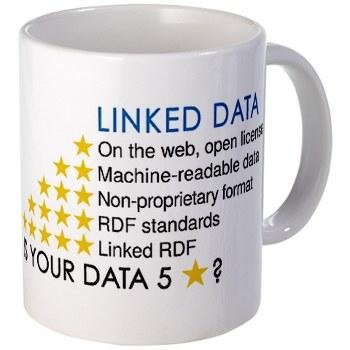

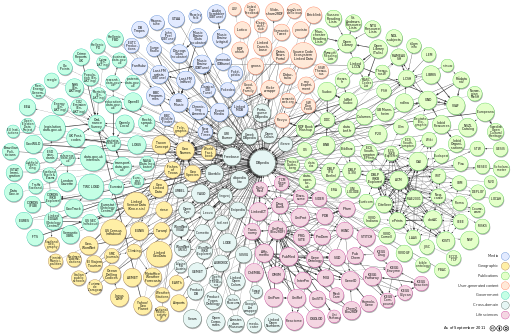
5* model
Linked Open Data Cloud
Database comparison
AS a RDF graph...
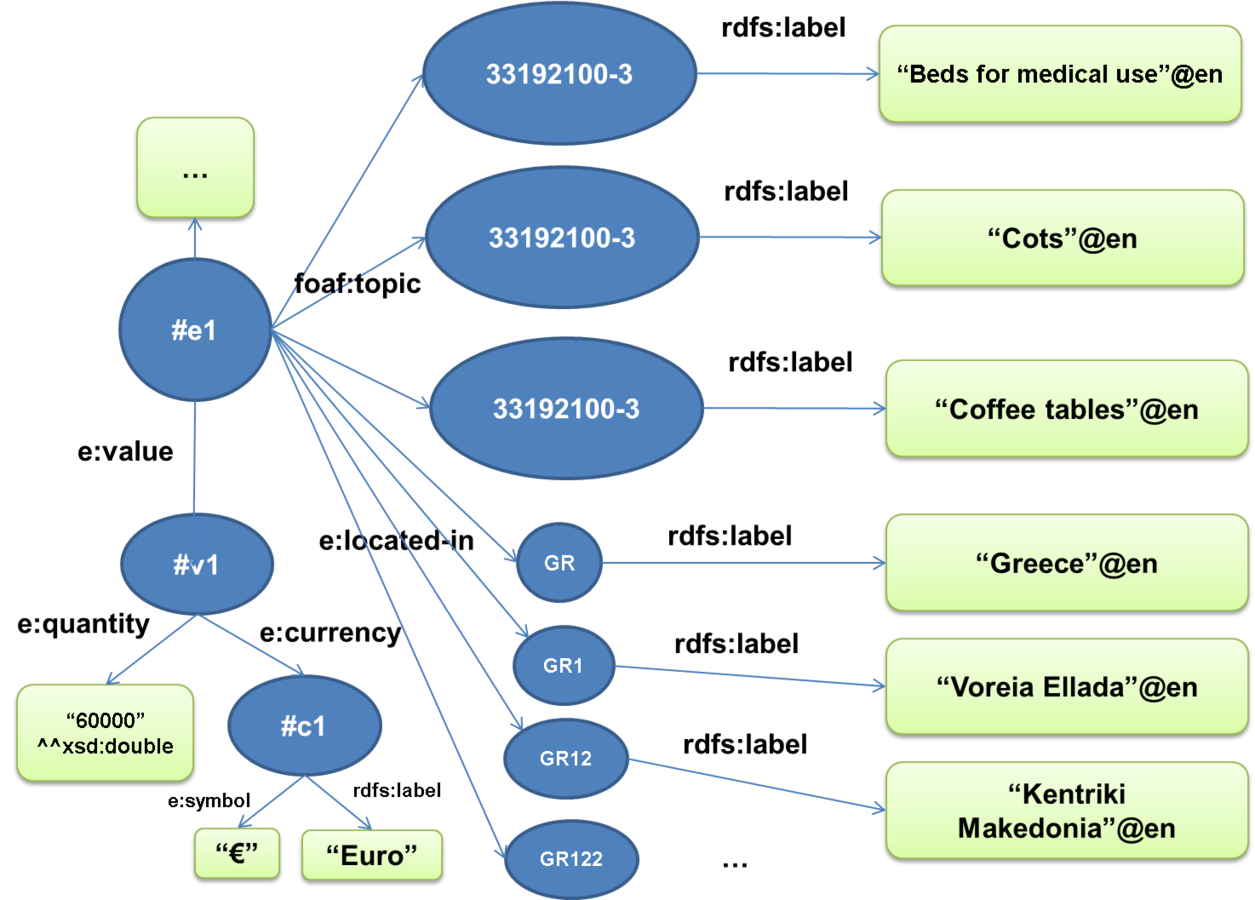
As Linked Data...
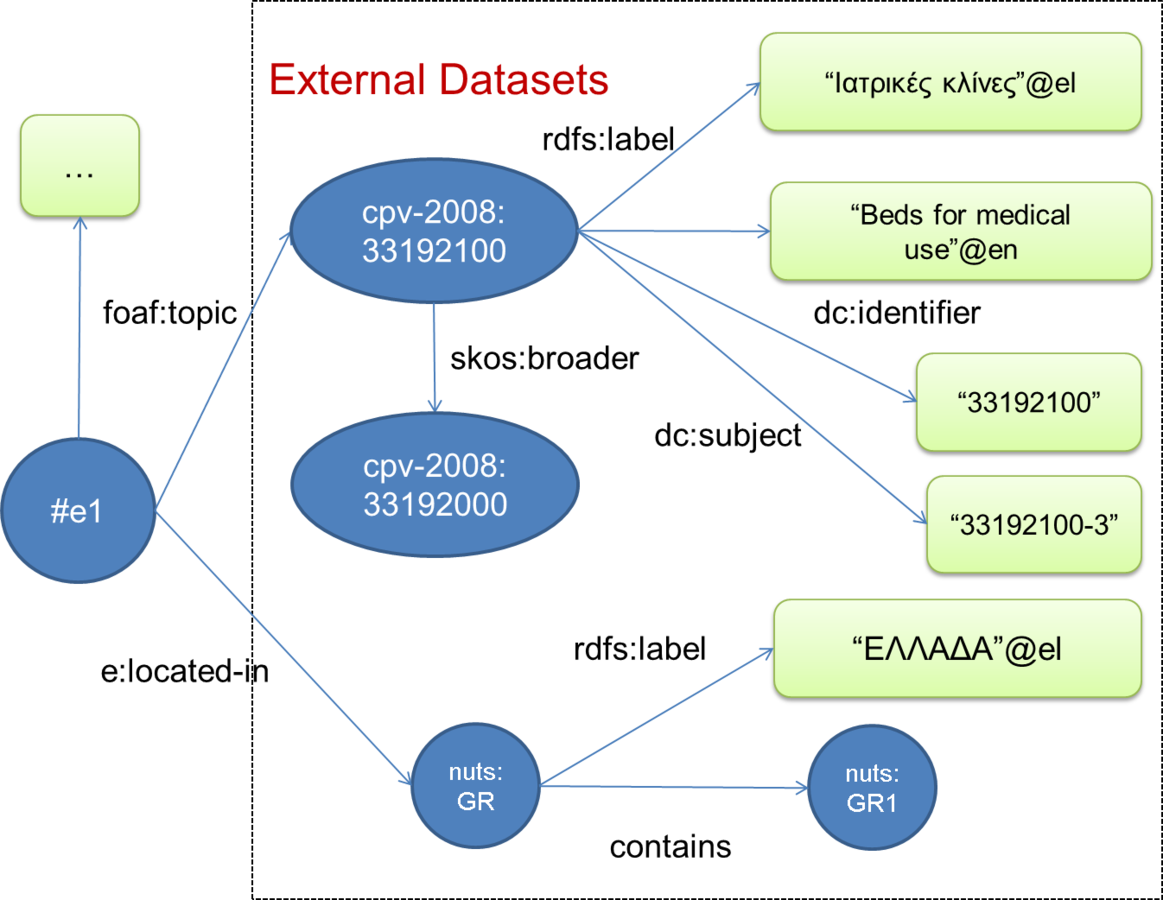
Extending Linked Data...
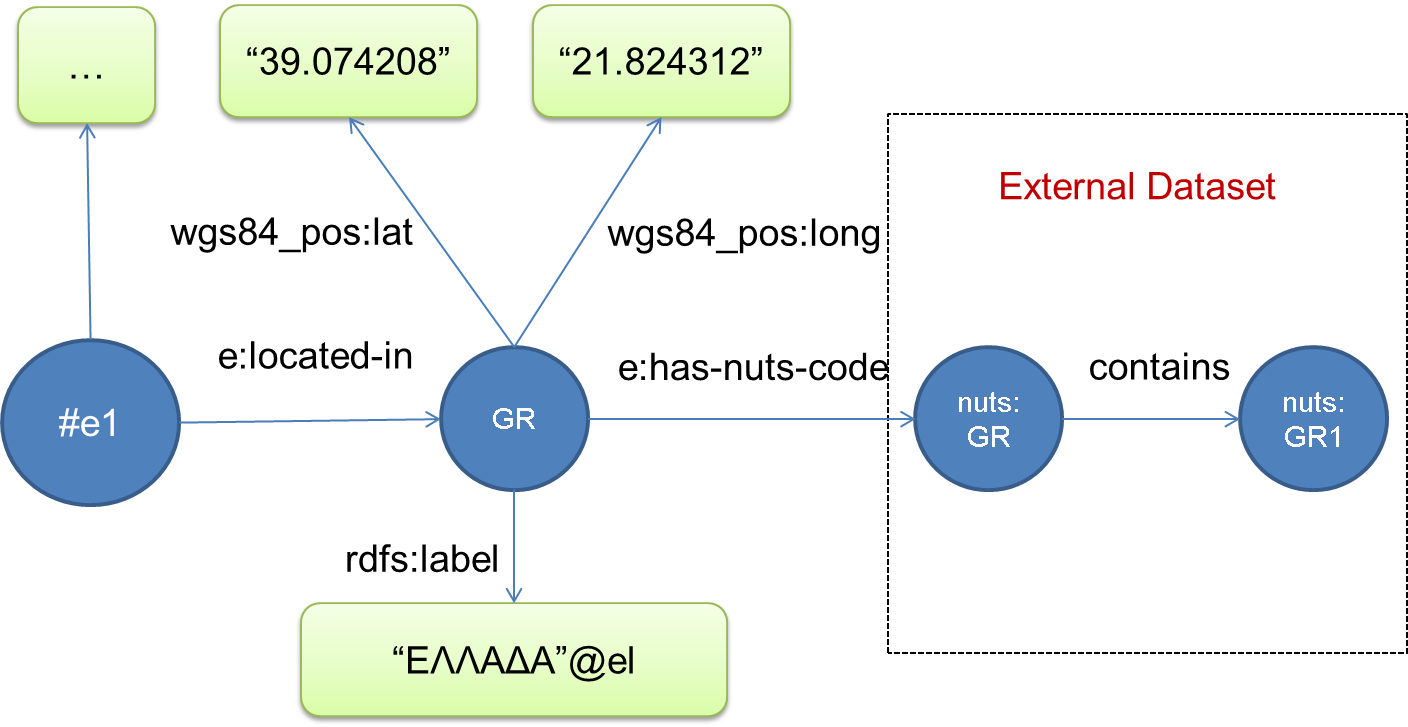
Web-based standards
Common and shared data model (RDF)
Open Services for Lifecycle Collaboration (OSLC)

OSLC Principles
-
Build on the WWW
-
HTTP REST
-
CRUD operations
-
Auth methods
-
-
Keep things simple
-
Consensus
-
-
Accommodate different schemas
-
Accommodate different representations
-
RDF/XML, JSON, ATOM, etc.
-
-
Align with the W3C Linked Data initiative
-
Follow the Linked Data principles
-
Specifications

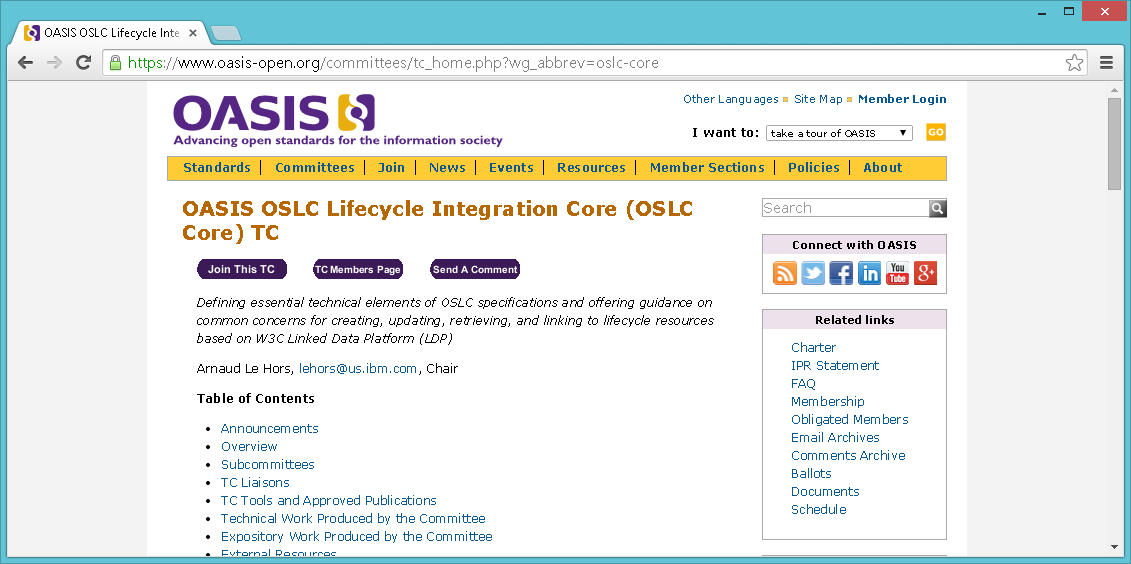
*OSLC Core-OASIS TC
OSLC-based services

OSLC Core-Overview
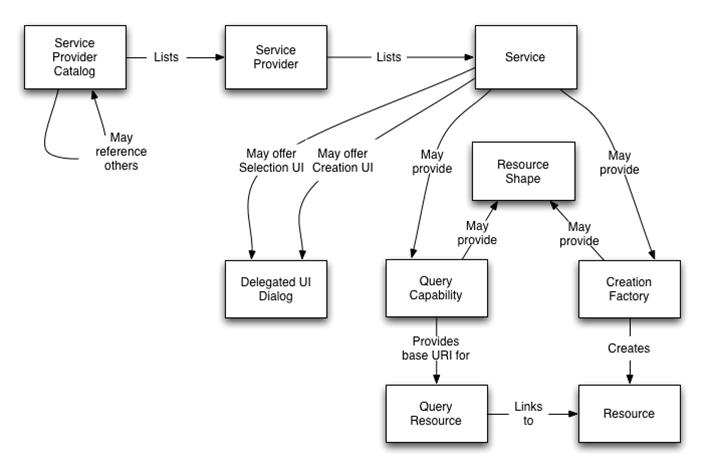
OSLC Service Provider
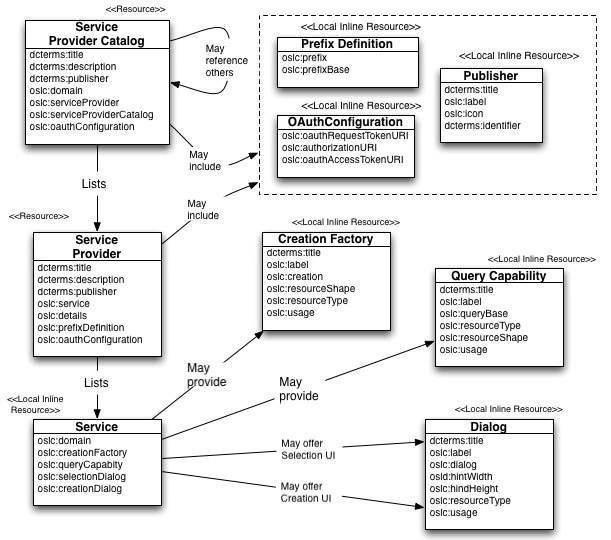
OSLC Specification
Resources
Properties
OSLC-RM
(partial set of properties)
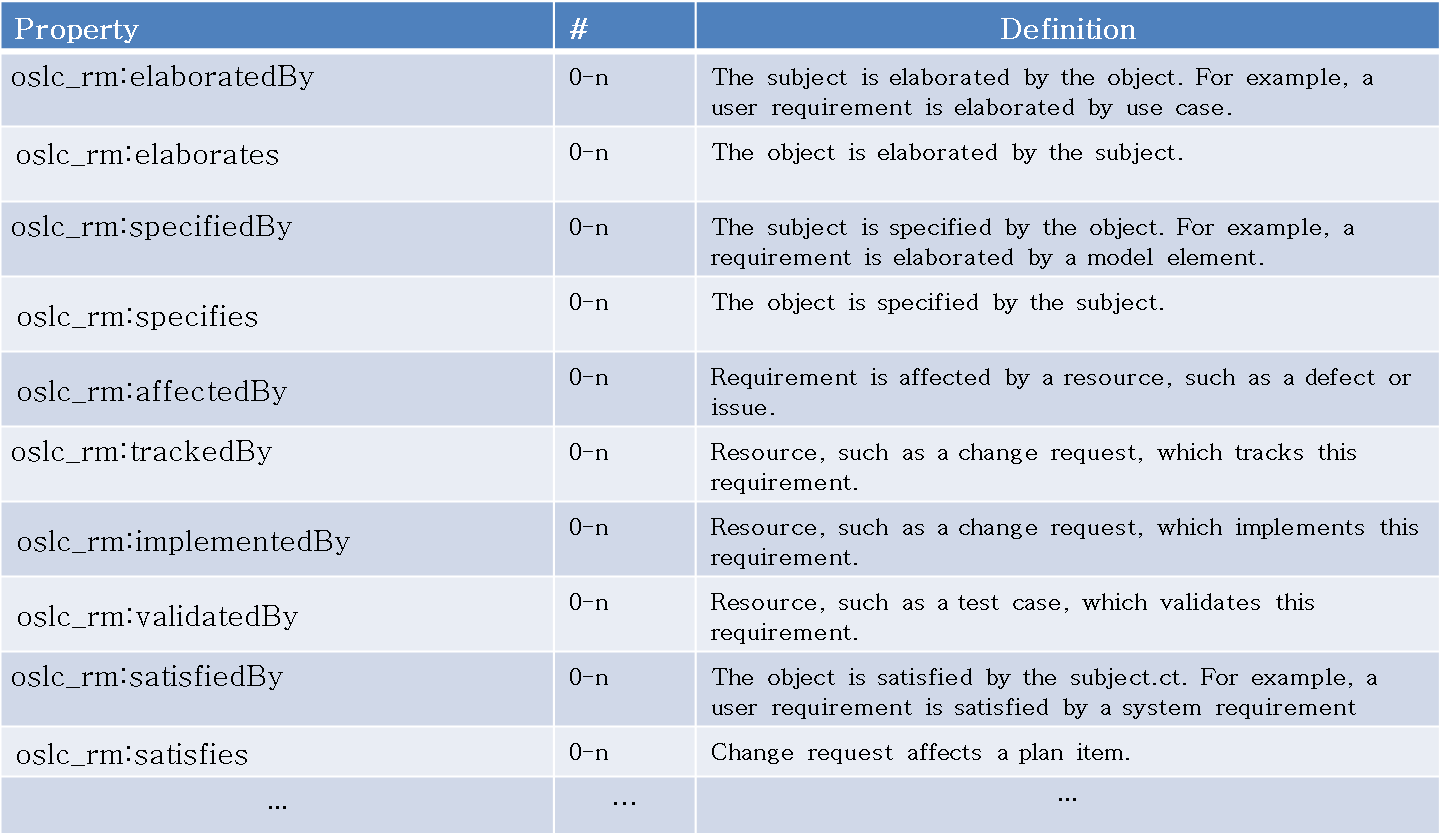
OSLC Preliminary Evaluation
-
A Linked Data approach for a specific domain
OSLC Resource shape similar to XML-Schema, SPIN or SheX.
-
How RDF is generated?
On-the-fly
Wrapper on existing database
Two synchronized databases (e.g. Virtuoso and SQL)
Specifications under development
-
Authentication
HTTPAuth is recommend
OAuth was not created for these purposesEx
Similar standards...
STEP-ISO 10303
The Standard for the Exchange of Product Model Data
- Manage Technical Product Data
- Exchange data between tools. E.g. CAx ones
- Several Application protocols (or specifications)
- ...
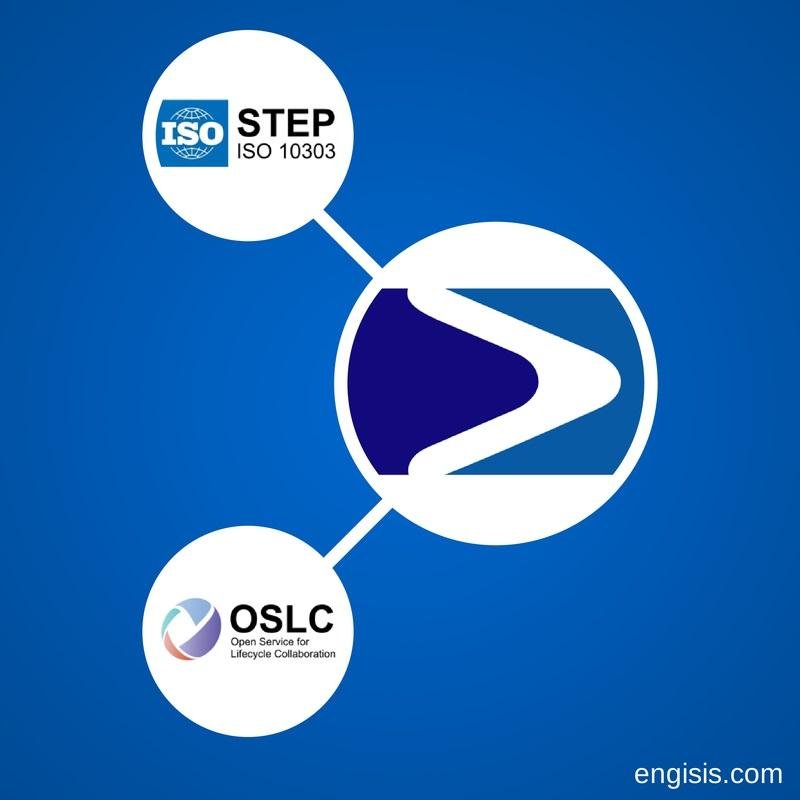
Some initiatives to merge or use both
PLM scenario
The
Systems Engineering
context
Some existing methodologies
-
Requirements-driven engineering (
What?
)
- Focus on requirements
- E.g. RDE
- Model-based systems engineering ( How? )
- Focus on models
- E.g. MDA, MDE, MDD, etc.
- Model-driven requirements engineering ( What + How? )
- Conjunction of models and requirements
- E.g. MDRE
Requirements Driven Engineering (RDE)
Continuous review of requirements to fulfill stakeholder needs ...and...
Must be necessarily aligned to the construction of models, etc. to ease
Validation
Verification
&
Model Driven Engineering
-
Requirements are used to define What?
-
... and to serve as System Specification
But
They are sometimes isolated... (inception phase)
Approach
Try to elevate the meaning of natural language specs. through models (MDE)
Model Driven Architecture
A software design process providing guidelines for...
Structuring specifications through intensive use of
Models
Metrics
Transformations
...
Model Driven Development
A software development methodology
Create and exploit domain models
Application of MDA with focus on models
Attention of both industry and academy
Model Based Systems Engineering
...the formalized application of modeling to support system requirements, design, analysis, verification and validation activities beginning in the conceptual design phase and continuing throughout development and later lifecycle phases
-
consistent views
-
executable behavior
-
linked repositories
-
dynamic view generations
-
repeatable process
-
automatic change propagation, etc.
-
... using models
Model Based Systems Engineering
Encompass system design and specifications
Adding new capabilities to ensure system
Correctness
Consistency
Completeness
Model Driven Requirements Engineering
=
MDE
+
RE
Some Open Issues...
-
Tangled environment of tools/techniques/methods
-
Data sources
- IBM Doors, Reqtify, Rational Rose, RAT, KM etc.
-
Formats
- XMI, ReqIF, etc.
-
Languages
- ...
-
Models, services and APIs
- XML-Schema, SQL, REST, WSDL/SOAP, etc.
-
Data sources
...and more
-
Link of requirements to models ( and other artifacts ) to...
- share a common vocabulary
- model the X Breakdown Structures (e.g. PBS)
- ensure quality: understandability, traceability, etc.
Impedance Mismatch?
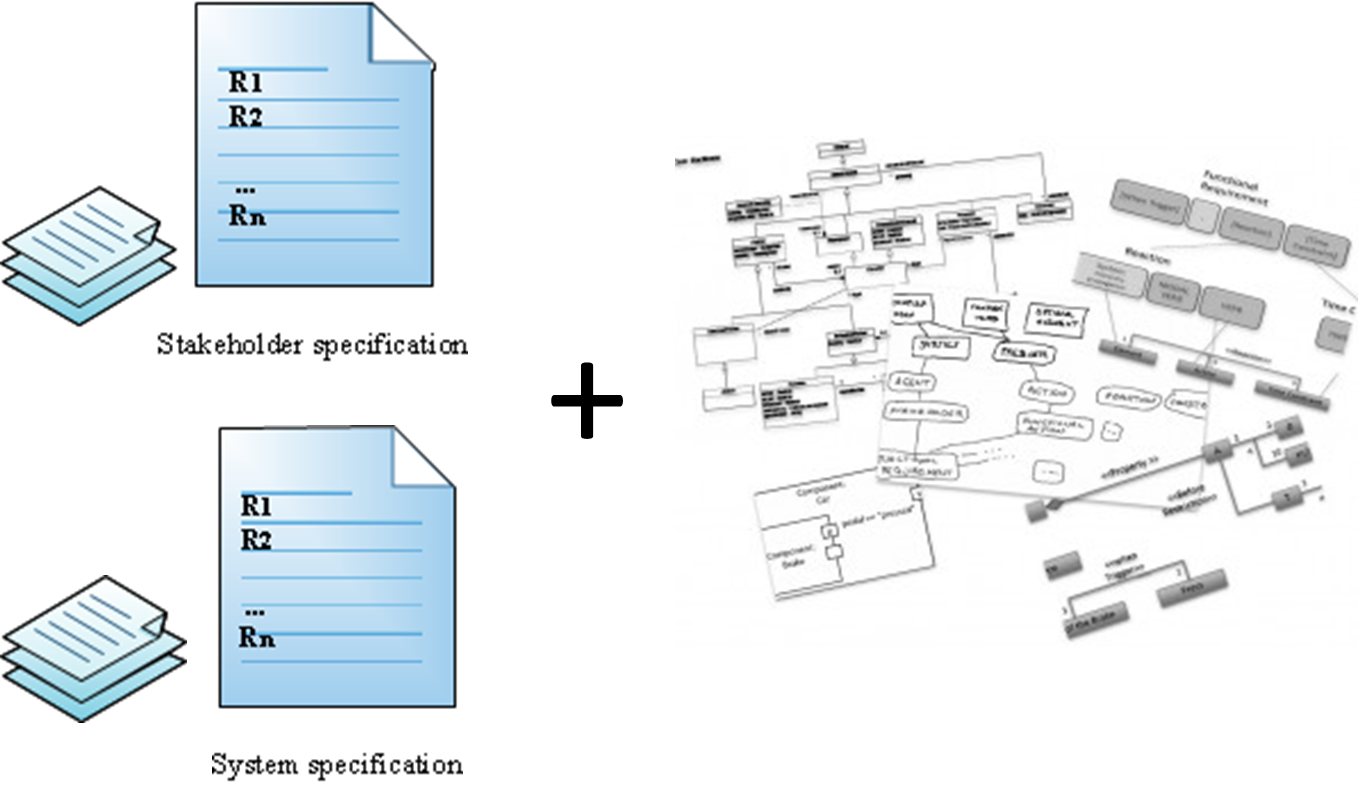
Requirements to models problem...
Evolutionary requirements
INCOSE
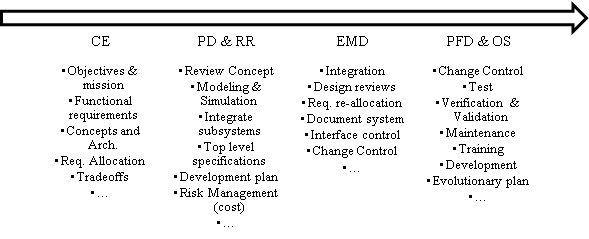
Use of requirements as a basic unit of specification!
(NLP and Knowledge management are required!)
...and the V model?
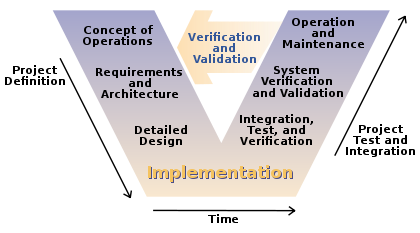
From natural language


To requirements, models, etc.
3 main challenges and key-enablers
-
Controlled vocabulary and ontology
-
X Breakdown Structures (e.g. PBS)
-
Services to manage domain knowledge
Cross-cutting services
Knowledge Management
Naming
Quality
Traceability
...
OSLC & Linked Data
Systems Engineering
&
A "car" as a system...

Taxonomy
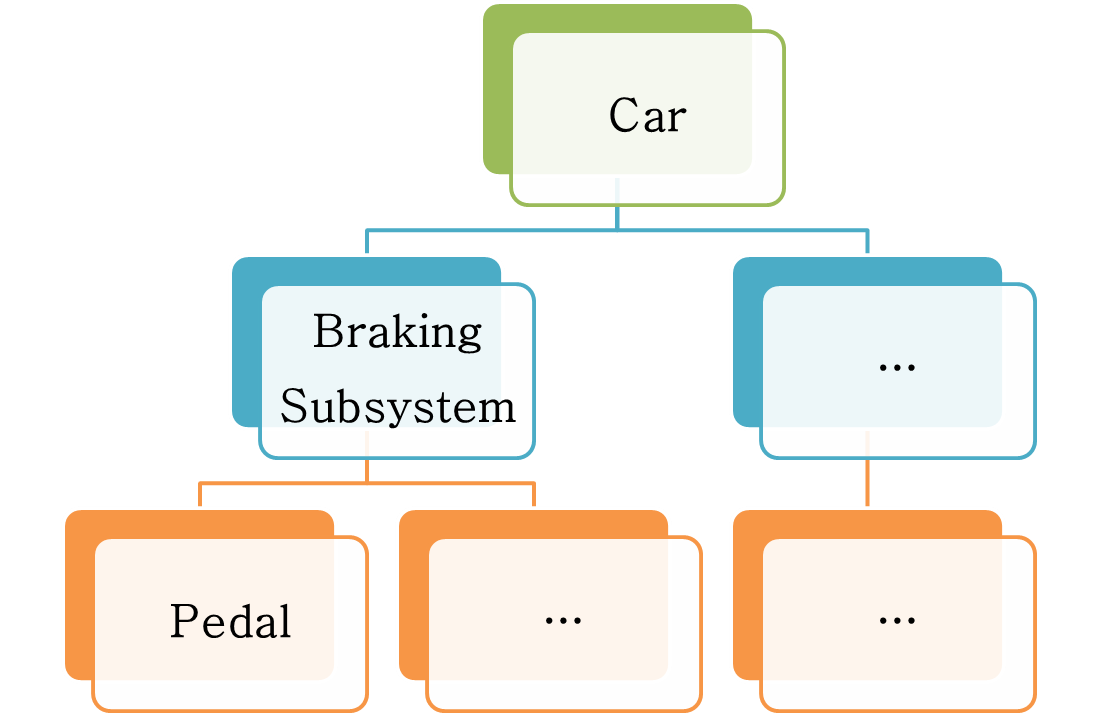
LET'S START WITH THE VOCABULARY
Bridging the gap between natural language and concepts using a standardized form
SKOS in a nutshell
-
S IMPLE
-
K NOWLEDGE
-
O RGANIZATION
-
S YSTEM
Use of SKOS
- Controlled vocabularies
- Taxonomies
- Thesauri
- Folksonomies
- ...
Objectives
Define concepts and concept schemes
Operations
Store
Retrieve
Annotate
Link and merge
Concepts
SKOS Definitions
-
Classes and categories
- skos:Concept and skos:ConceptScheme
- Properties
- Lexical labels
- Notation
- Documentation
- Mapping
- Semantic
STEPS
- Model Concepts in SKOS
- URI Design
- Create concepts
- Add authoring properties
- Add labeling properties
- Add notation properties
- Add documentation properties
- Add semantic properties
- Add mapping properties
- Add concepts to a scheme
- Describe the concept scheme
Similar to a Linked Data lifecycle...
A SKOS-based Car...
km-demo2:http://http://thereusecompany/km/demo2/.
dbpedia-res:http://dbpedia.org/resource/
<http://thereusecompany/km/demo/1381307095/car> a km-demo:System;
dcterms:author jose-foaf:me;
dcterms:created “2013-10-10"^^xsd:date ;
dcterms:modified "2013-10-10"^^xsd:date ;.
rdfs:label “Car”@en;
skos:prefLabel “Car”@en;
skos:prefLabel “Voiture”@fr;
skos:altLabel “Motor”@en;
skos:altLabel “Bus”@en;
skos:altLabel “Wagon”@fr;
skos:hiddenLabel “Auto-bus”@en;
skos:notation "c1"^^xsd:string ;
dcterms:subject "1"^^xsd:string ;
km-demo:level "1";
km-demo:related-to km-demo:Automative;
skos:changeNote "An example of change note."@EN;
skos:editorialNote "An example of editorial note"@EN;
skos:historyNote "An example of history note"@EN;
skos:scopeNote "An example of scope note"@EN;.
skos:narrower km-demo:car/subsystem/braking.
skos:closeMatch dbpedia-res:Automobile;
skos:exactMatch km-demo2:otherCar;
skos:inScheme <http://thereusecompany/km/demo/1381307095/ds>.
SKOS Benefits
- A concept-oriented model
-
RDF-based
- a common and shared data model
- Crucial contribution to interoperability
-
A way of porting KOS to RDF
- Align to existing standards (ISO 25964)
- Lightweight reasoning
- Simple but powerful
- Extensible
-
Widely-used in existing semantic web vocabularies
- Boosting the Linked Data initiative
Outcomes & On-going work
-
OSLC Vocabulary Management
- A first prototype to tackle the aforementioned challenges through an OSLC interface for existing services (RAT)
- A SKOS-based approach
- Use of the Eclipse Lyo OSLC API and .NET OSLC API
- A first prototype to tackle the aforementioned challenges through an OSLC interface for existing services (RAT)
-
OSLC Quality Management*
- OSLC Adapter for RQA
- Quantitative indexes in RDF
- To model (reuse existing quality metrics) and
- ... compute
- ... quantitative indexes
- Services for knowledge management
Overview
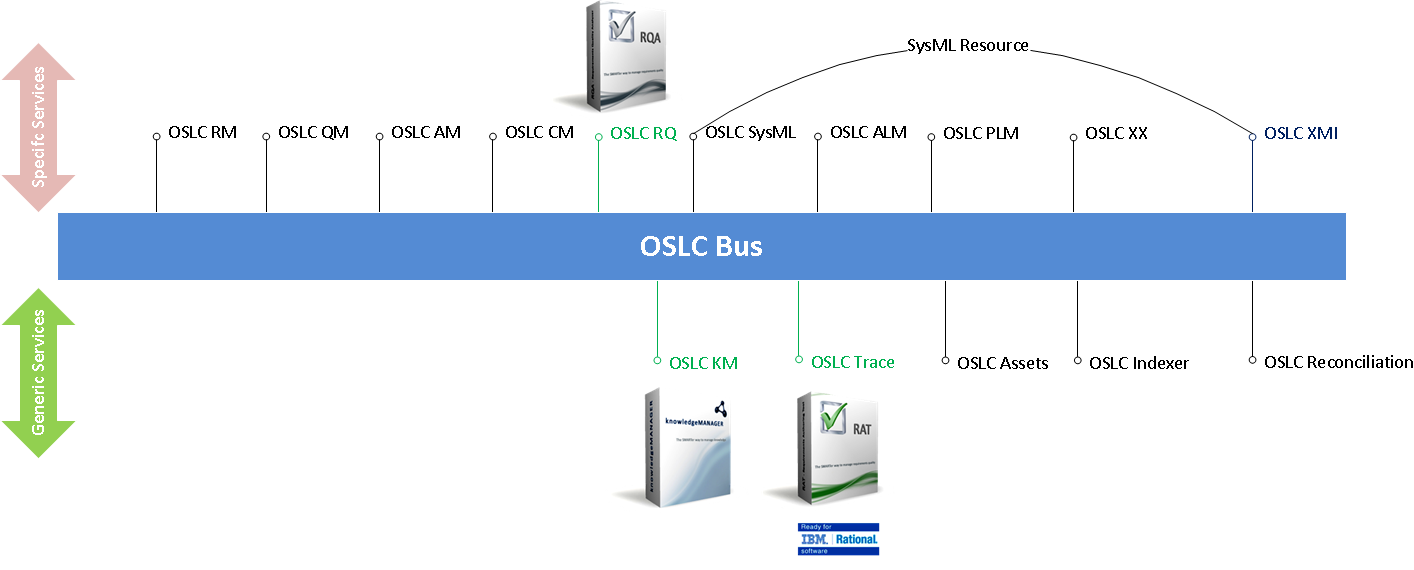


Vocabulary Management

Naming Service
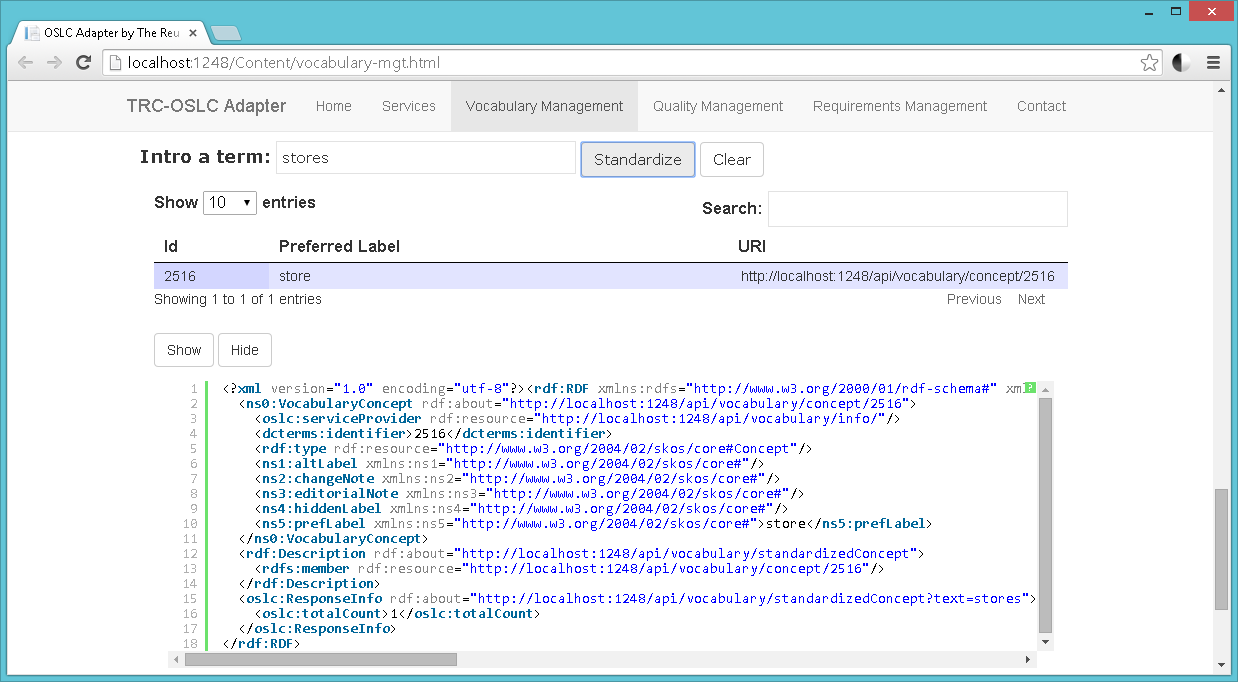
Quality Management

As RDF...

Interoperability
OSLC & Linked Data
Systems Engineering
Conclusions
- Re-use information and data to create a real collaborative environment
-
OSLC to ensure compatibility among tools
- Linked Data in a controlled environment...
-
Requirements are the key-entities for the development of critical systems
- Requirement as a basic unit of specification
- Link requirements to models
- Quality is a MUST
- Verification and Validation
- Model-driven Requirements Engineering ( MDRE )
What's next...
-
Research
- Identify more services (for knowledge management) to be offered via OSLC
- Index and retrieve any kind of artifact
- Traceability as a semantic-based retrieval process
- Continuos engineering via OSLC
- Collaborative complex systems development via OSLC
- Other fields:
- Multiplex network analysis
- Expertise retrieval
- ...
E.g. Index and retrieve anything
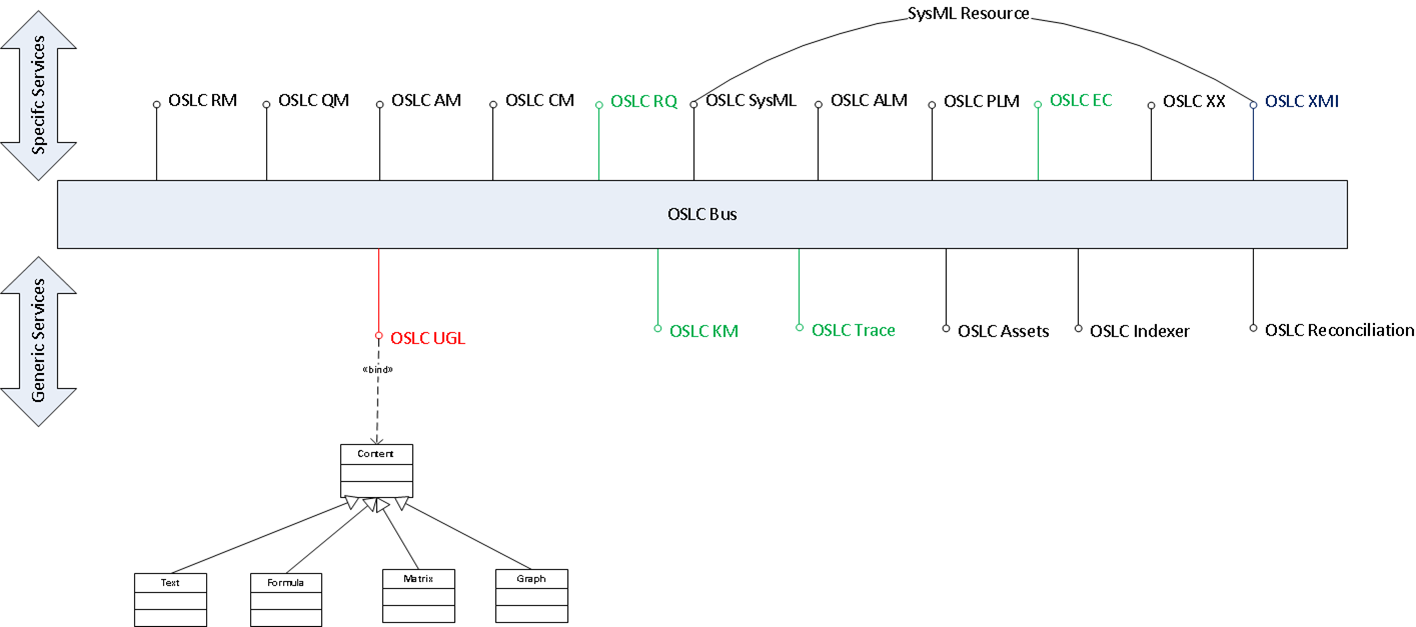
(math formulas, electrical networks, tables, etc.)
OSLC
KNOWLEDGE MANAGEMENT
The next big thing...?

For your attention!
Q & A

Credits
- Speaker: Dr. Jose María Alvarez-Rodríguez
- Carlos III University of Madrid, Spain
- Member of INCOSE and the OSLC RM working group
- E-mail: josemaria.alvarez@uc3m.es
- WWW:
- Some members of the KR roster...
- Prof. Dr. Juan Llorens
- Prof. Dr. Juan Miguel Gómez,
- Dr. Anabel Fraga
- Dr. Valentín Moreno
- Ms. Manuela Alejandres
- Mr. Jose Fuentes (The ReuseCompany Inc.)
SESE-Zurich 2014
By Jose María Alvarez
SESE-Zurich 2014
- 2,720



